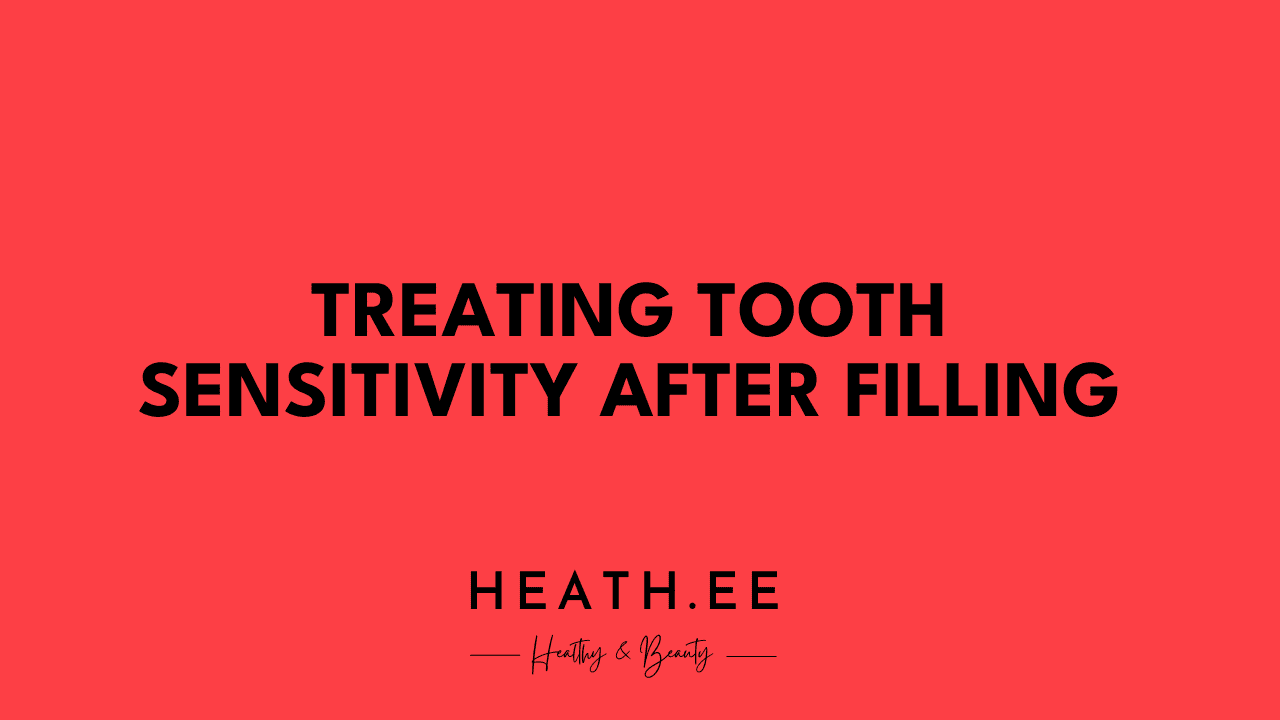Tooth sensitivity after filling is a common issue that many people face. It can be a painful and uncomfortable experience, but it is important to know that there are ways to manage it. In this blog post, we will discuss what causes tooth sensitivity after filling, the symptoms of it, and the treatment options available. We will also provide some tips on how to prevent it from happening in the future.
What Causes Tooth Sensitivity After Filling
When a filling is placed in a tooth, it can sometimes cause sensitivity to hot and cold temperatures. This is because the filling can cause the enamel of the tooth to become thinner, which makes it more sensitive to temperature changes. Other causes of tooth sensitivity after filling include the type of material used for the filling, the size of the filling, and the placement of the filling.
Types of Materials Used for Fillings
The type of material used for a filling can affect the amount of sensitivity experienced. Silver amalgam fillings are one of the most common types of fillings used, but they can cause more sensitivity than other materials. Composite fillings, which are made of a plastic-like material, are less likely to cause sensitivity.
Size of the Filling
The size of the filling can also cause sensitivity. If the filling is too large, it can put pressure on the tooth and cause sensitivity. On the other hand, if the filling is too small, it may not provide enough support and can cause sensitivity.
Placement of the Filling
The placement of the filling can also affect the amount of sensitivity experienced. If the filling is placed too close to the nerve of the tooth, it can cause sensitivity.

Symptoms of Tooth Sensitivity After Filling
The most common symptom of tooth sensitivity after filling is a sharp, sudden pain when the tooth is exposed to hot or cold temperatures. This pain can last for a few seconds, or it may linger for a few minutes. Other symptoms of tooth sensitivity after filling include pain when biting down on the tooth, pain when eating sweet or acidic foods, and pain when brushing the teeth.
Treatment Options for Tooth Sensitivity After Filling
The most common treatment option for tooth sensitivity after filling is to use a desensitizing toothpaste. These toothpastes contain ingredients that can help to reduce the sensitivity of the tooth. If the sensitivity persists, your dentist may recommend a fluoride treatment or a special dental filling material that can help to reduce sensitivity.

Prevention of Tooth Sensitivity After Filling
The best way to prevent tooth sensitivity after filling is to practice good oral hygiene. This includes brushing twice a day, flossing daily, and using a fluoride toothpaste. Additionally, it is important to visit your dentist regularly for check-ups and cleanings. This will help to ensure that any issues with the filling are caught and addressed early on.
When to See a Dentist
If you experience any pain or sensitivity after having a filling, it is important to contact your dentist. They will be able to assess the cause of the sensitivity and provide the appropriate treatment.
Conclusion
Tooth sensitivity after filling is a common issue that many people face. It can be a painful and uncomfortable experience, but it is important to know that there are ways to manage it. By practicing good oral hygiene, visiting your dentist regularly, and using a desensitizing toothpaste, you can help to reduce the amount of sensitivity you experience. If the sensitivity persists, your dentist can provide additional treatments to help reduce it.



